Pars (Sasanian province)
Videos
Page
Pars was a Sasanian province in Late Antiquity, which almost corresponded to the present-day province of Fars. The province bordered Khuzestan in the west, Kirman in the east, Spahan in the north, and Mazun in the south.

Ghal'eh Dokhtar (or "The Maiden's Castle") a castle built by Ardashir I in Gor
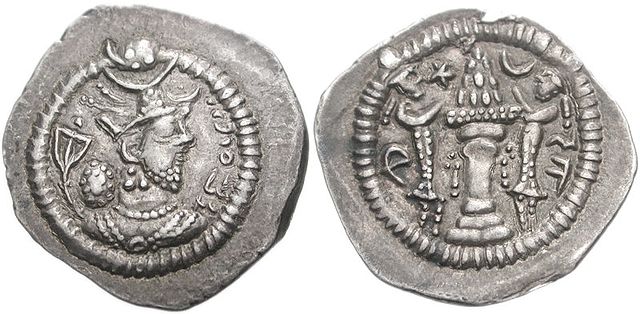
Coin of Peroz I minted in Pars
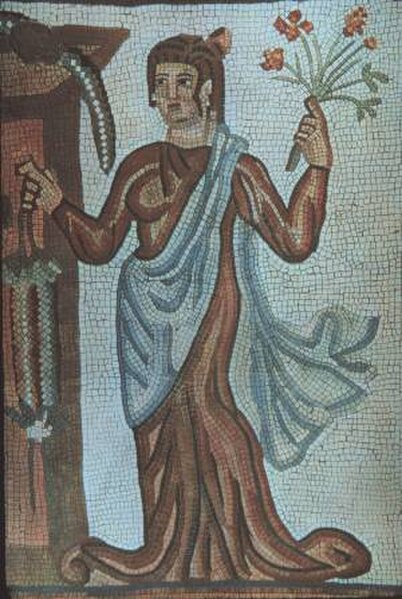
Irano-Roman floor mosaic detail from the palace of Shapur I at Bishapur.
Sasanian Empire
Videos
Page
The Sasanian Empire or Sassanid Empire, officially known as Eranshahr, was the last Iranian empire before the early Muslim conquests of the 7th to 8th centuries. Named after the House of Sasan, it endured for over four centuries, from 224 to 651, making it the second longest-lived Persian imperial dynasty after the Arsacids of the Parthian Empire.
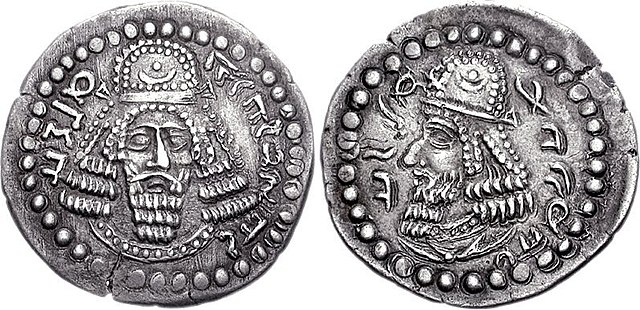
Initial coinage of founder Ardashir I, as King of Persis Artaxerxes (Ardaxsir) V. c. 205/6–223/4 AD. Obv: Bearded facing head, wearing diadem and Parthian-style tiara, legend "The divine Ardaxir, king" in Pahlavi. Rev: Bearded head of Papak, wearing diadem and Parthian-style tiara, legend "son of the divinity Papak, king" in Pahlavi.
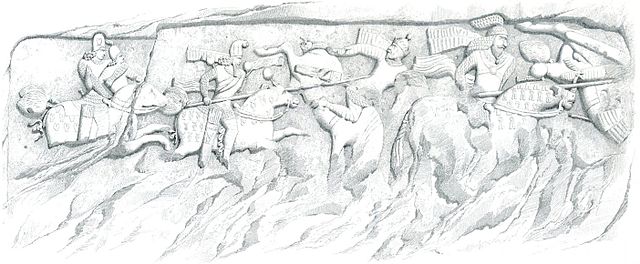
1840 illustration of a Sasanian relief at Firuzabad, showing Ardashir I's victory over Artabanus IV and his forces.

Rock relief of Ardashir I receiving the ring of kingship by the Zoroastrian supreme god Ahura Mazda.
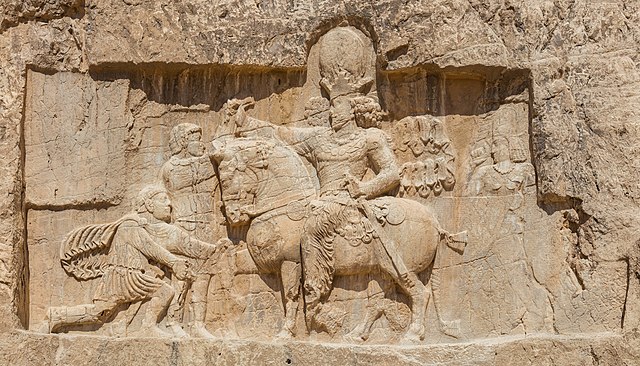
Rock-face relief at Naqsh-e Rostam of Persian emperor Shapur I (on horseback) capturing Roman emperor Valerian (standing) and Philip the Arab (kneeling), suing for peace, following the victory at Edessa.